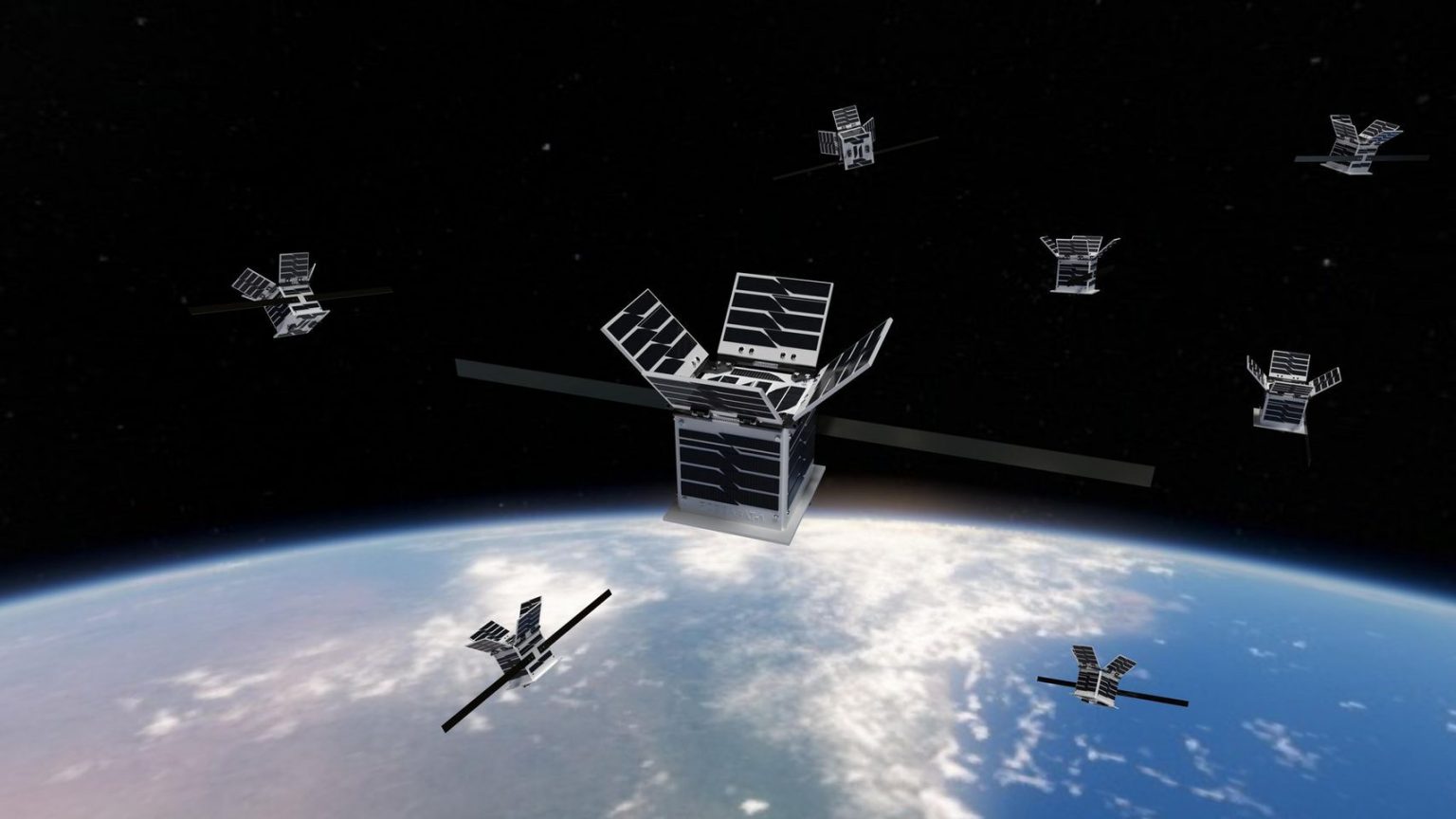Securing Space Data Connectivity From Earth to Orbit.
WISeSat enables secure IoT and Device-to-Device communications through space-based networks, powered by WISeKey’s digital trust and quantum-ready encryption.


Use cases and applications
We understand that monitoring your assets throughout the world is critical, and we know how to do it.
Why WISeSat?
WISeSat delivers secure, cost-effective, and easily deployable Satellite IoT solutions. With advanced encryption and seamless integration, we protect critical data while reducing deployment costs. Our low-cost satellites provide global coverage without relying on third-party operators.





Built on Trust & Security
Secure IoT communications require strong cybersecurity:

Verify device identities.

Control data access.

Protect transmitted information.

Ensure data remains unaltered.
WISeSat applies these principles using PKI, encryption, and Secure Elements, ensuring trusted, resilient communications, backed by WISeKey’s cybersecurity expertise.
Unleash Worldwide Asset Management with WISeSat’s Secure Satellite Network
-
1. Data Collection
Asset data is gathered from sensors, tailored to specific operational needs.
-
2. Data Uplink
WISeSat's secure gateways transmit data directly to our satellite network, ensuring encrypted communications. When coverage is available, data can also be routed via terrestrial connections.
-
3. Data Downlink
Each WISeSat satellite securely stores incoming information and transmits it to ground stations upon visibility, maintaining data integrity at every step.
-
4. Data Distribution
On-ground data is seamlessly integrated with WISeSat’s platform or your existing tools, facilitating analytics and decision-making processes.
-
5. Intelligent Decision-Making
Processed insights enable proactive strategies, improving operational efficiency and security across all connected assets.
Latest News and Updates

WISeKey, SEALSQ and WISeSat.Space Successfully Launch Their New Satellite Abo...
Carlos Moreira, CEO of WISeKey, SEALSQ and WISeSat, stated: “This successful launch with SpaceX represents a major... ...Readmore

WISeKey International Holding AG (Nasdaq: WKEY) and Columbus Acquisition Corp...
WISeKey to receive $250 million in equity of WISeSat.Space Holdings Corp. Transaction anticipated to close in the ... ...Readmore

WISeKey and Swiss Armed Forces Advance Quantum-Secure Satellite Security
Recent coverage by WIRED revealed a stark vulnerability in the global satellite communications ecosystem: with jus... ...Readmore

